Now I know this sounds very grand. I’m not talking majestic plane trees bordering a wide meandering lane rather, think of small trees, a couple of metres apart and overall length of around ten metres. So, a rather modest ‘avenue’. It wasn’t an avenue to begin with. As part of my original garden plan, I had planted three rowans, sorbus ‘Eastern Promise’, in a line, with an amelanchier a little further away but still in the same line.
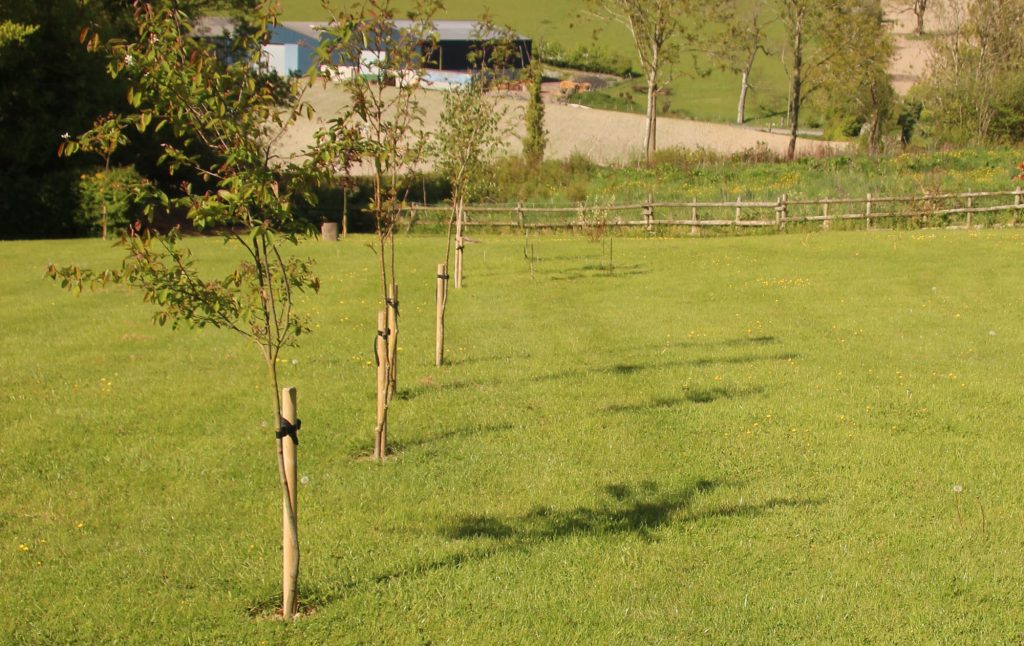
The plan had been to create a border beneath these trees, but then a photo on a birthday card caught my eye and I changed my mind, deciding to plant an opposing line of trees and underplant both lines to create a mini avenue. So, five more rowans, this time sorbus hupehensis and a cononeaster waterii were planted once the summer heatwave was over to create two rows of five trees.
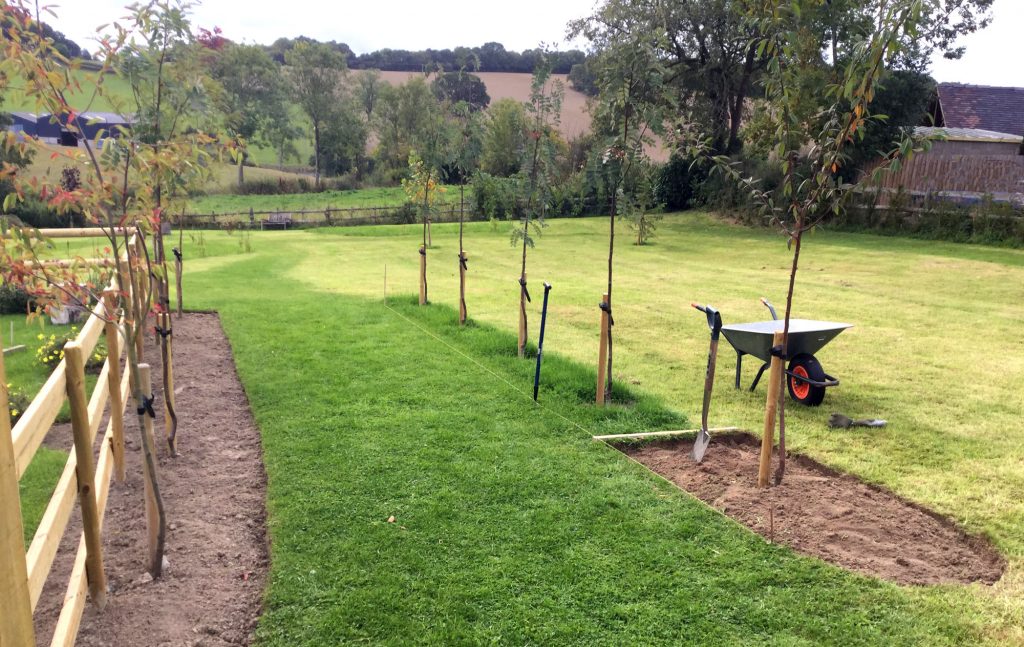
Removing the turf beneath the trees wasn’t too hard, not many stones and no troublesome roots, though I came across some tunnels – vacated by the voles or still in use? Time will tell. After a few days two new beds were dug and ready for planting.

I can’t take any credit for my choice of planting beneath the tees: our local garden centre has two borders along the path leading to its door, and I had admired these borders throughout the year in each season. So, I decided to follow its planting – heuchera, sedum, hebe, whispy grass and hellebores. As I needed eight of each plant (and the local garden centre is a bit pricey for bulk purchases), we spent a day visiting various nurseries and were successful in finding eight each of heuchera ‘Palace Purple’, hebe ‘Wiri Charm’, Stipa ‘Ponytails’ (Mexican Feather Grass) and sedum ‘Munstead Dark Red’.
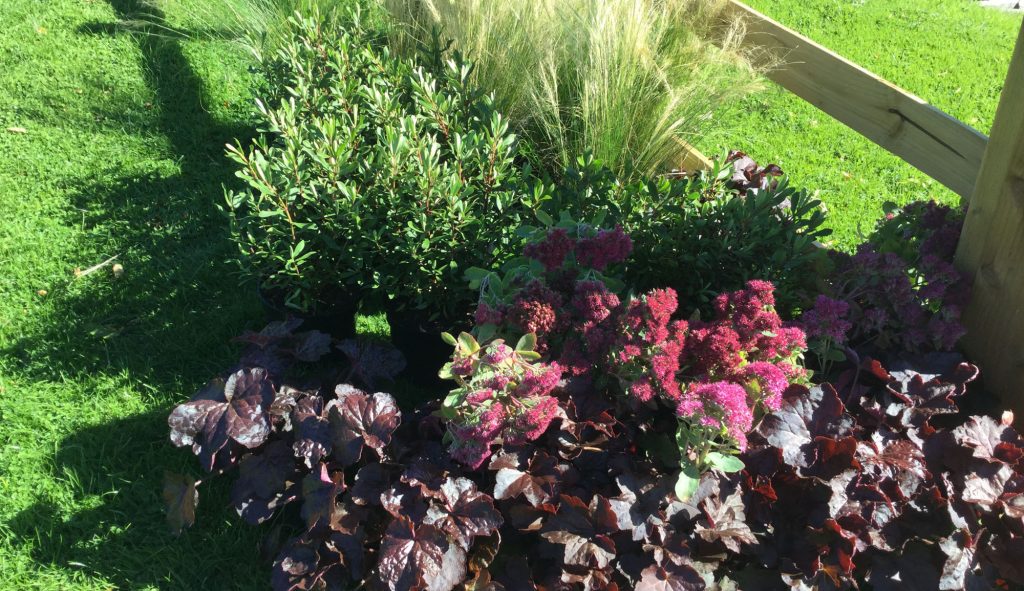
Between each pair of trees, I planted one of each plant plus a self-sown hellebore (dug up from the ash border), keeping to the same order to create a repetitive pattern. Looking down the avenue in the afternoon, the autumn sun picked out the swaying grass and highlighted the red heuchera leaves, as good as I could have hoped.
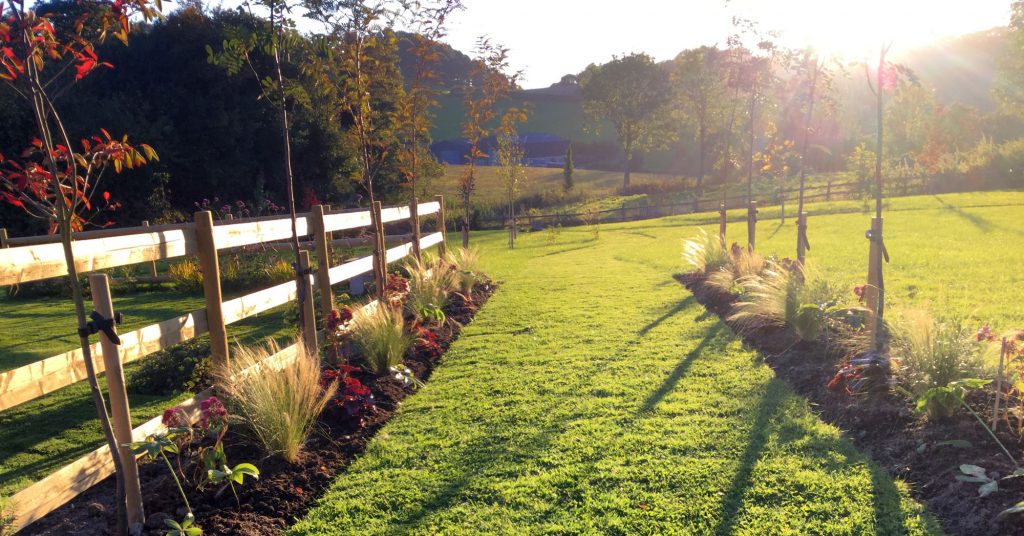
Later in the autumn, remembering my initial inspiration of the birthday card photo, I planted 60 allium ‘Purple Sensation’ bulbs amongst the plants along both sides of the avenue. Hopefully next spring there will be two rows of purple flower globes above the plants. I say hopefully, as once the avenue was dug and planted it became apparent that the tunnels in the border were not empty. Little mounds of crumbly earth started to appear regularly along the edge of one of the new borders and I noticed that one of the plants had been pushed up. I spread the earth onto the border, firmed down the plants and the mole eventually moved further down the garden, leaving my new avenue to grow undisturbed. I envisage that the mole will make further appearances in future blogs.
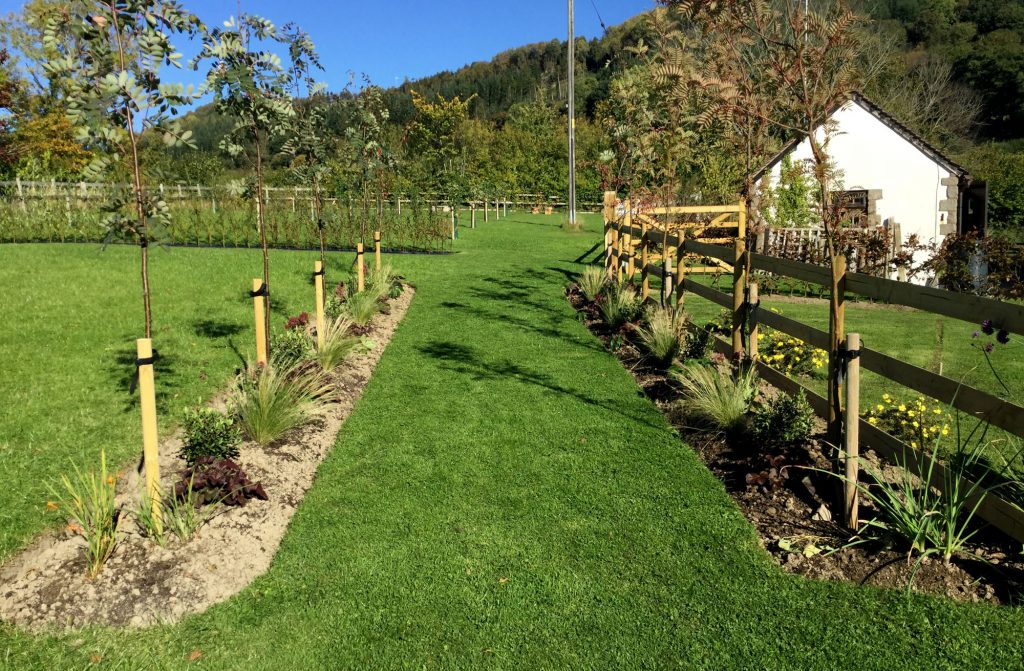
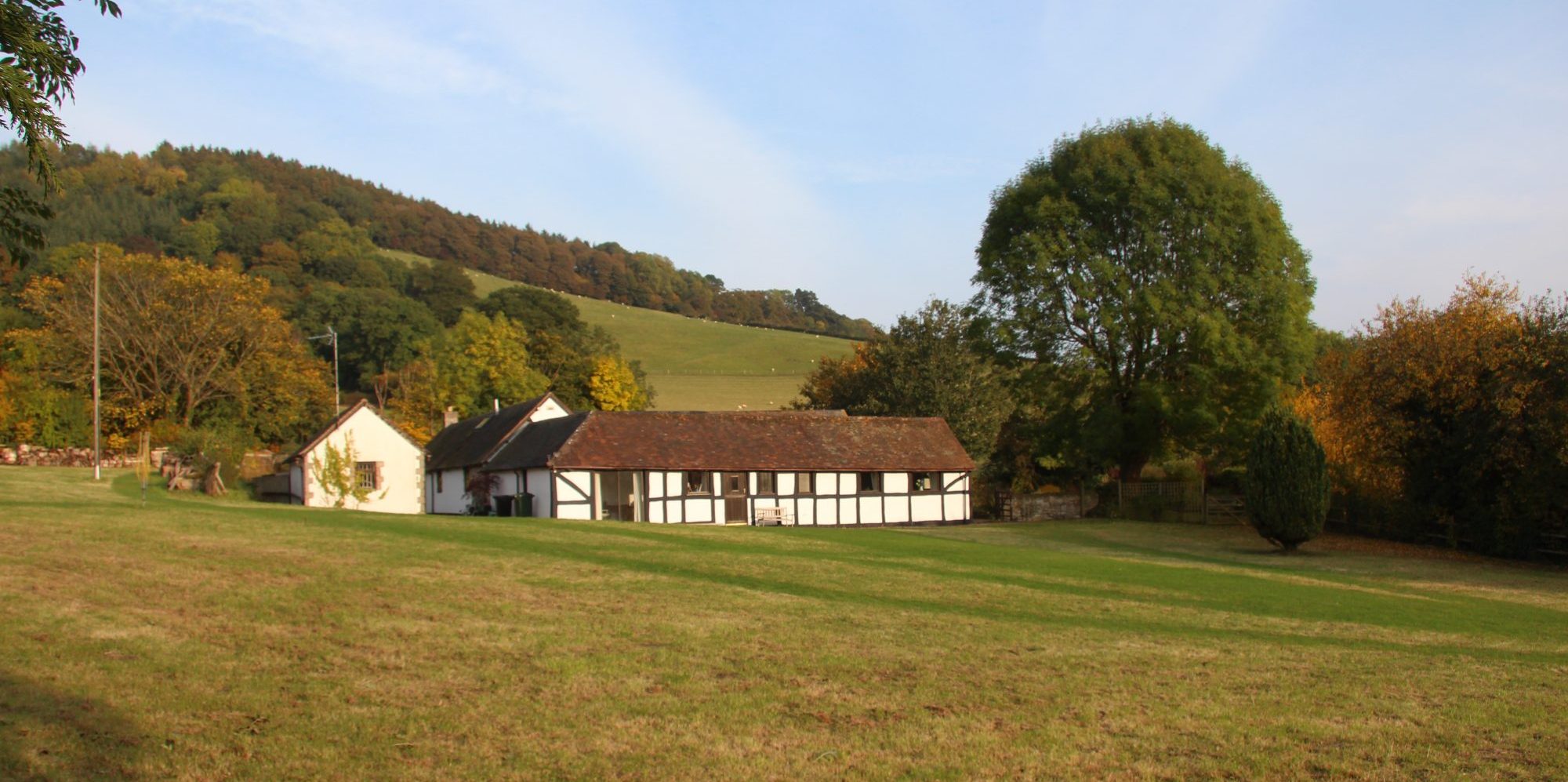
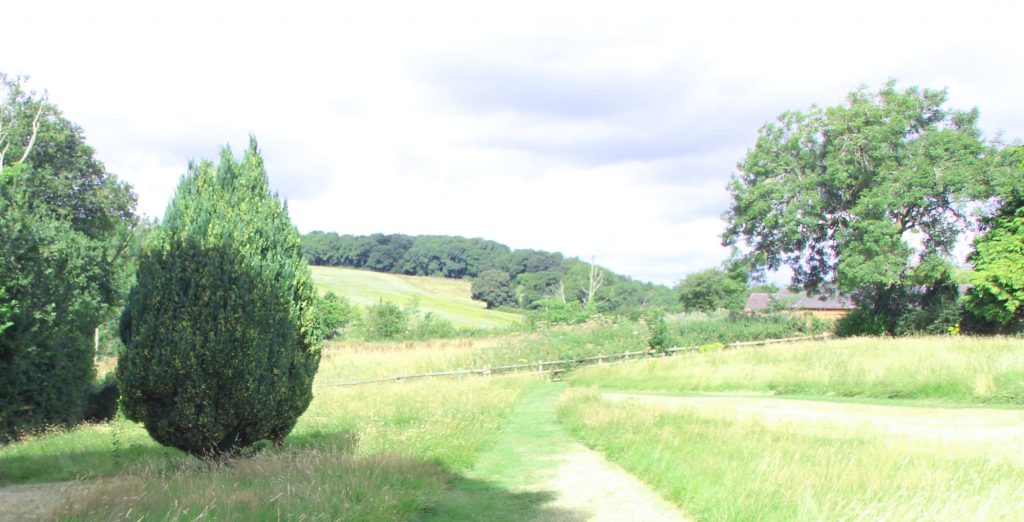
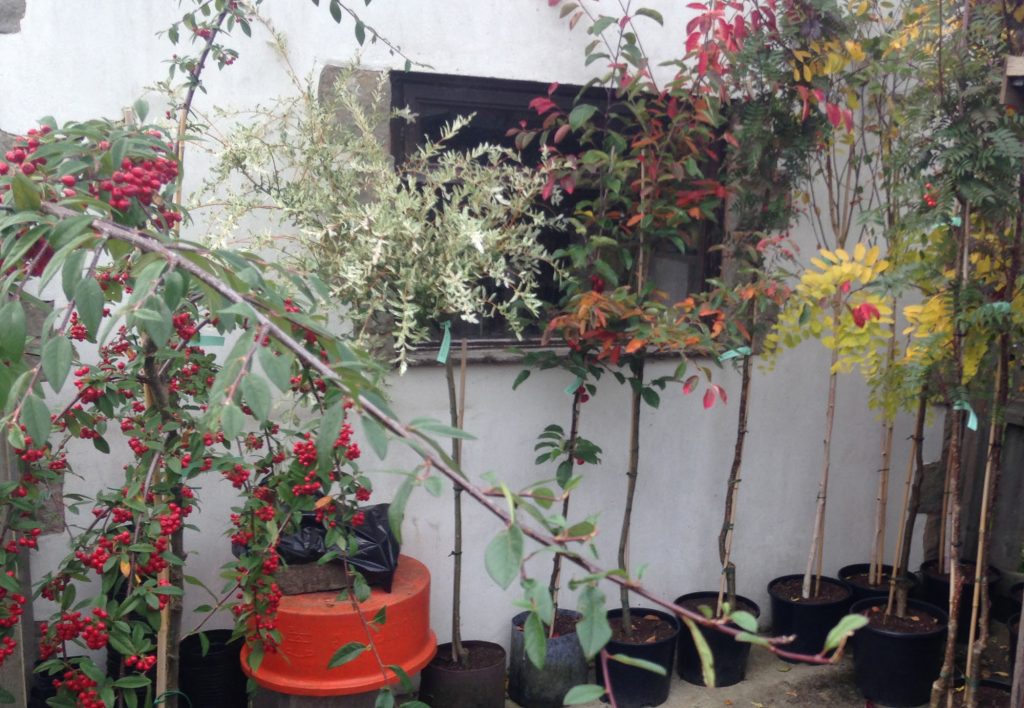
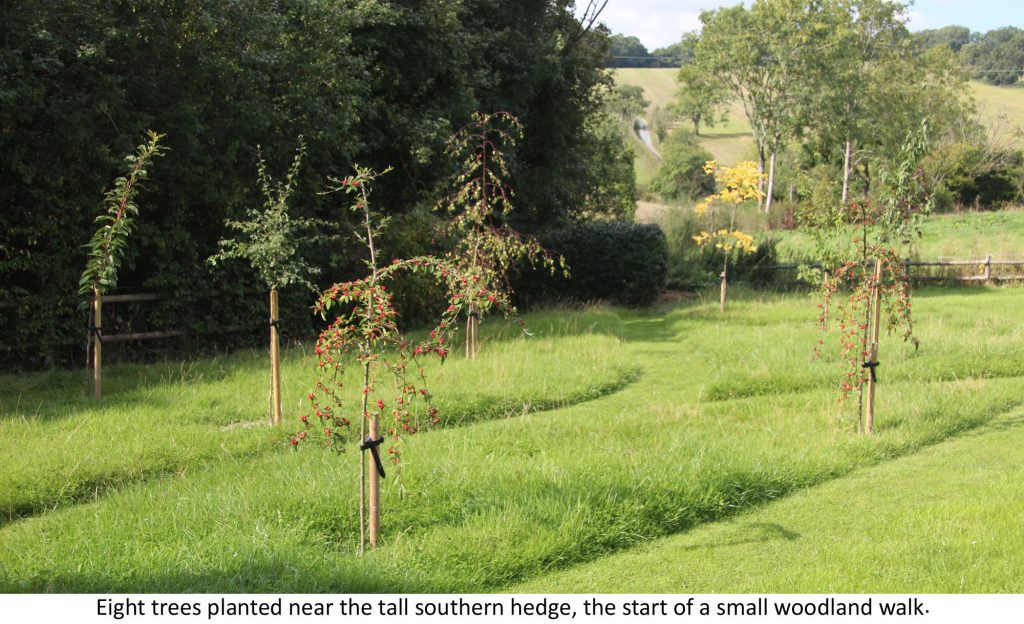

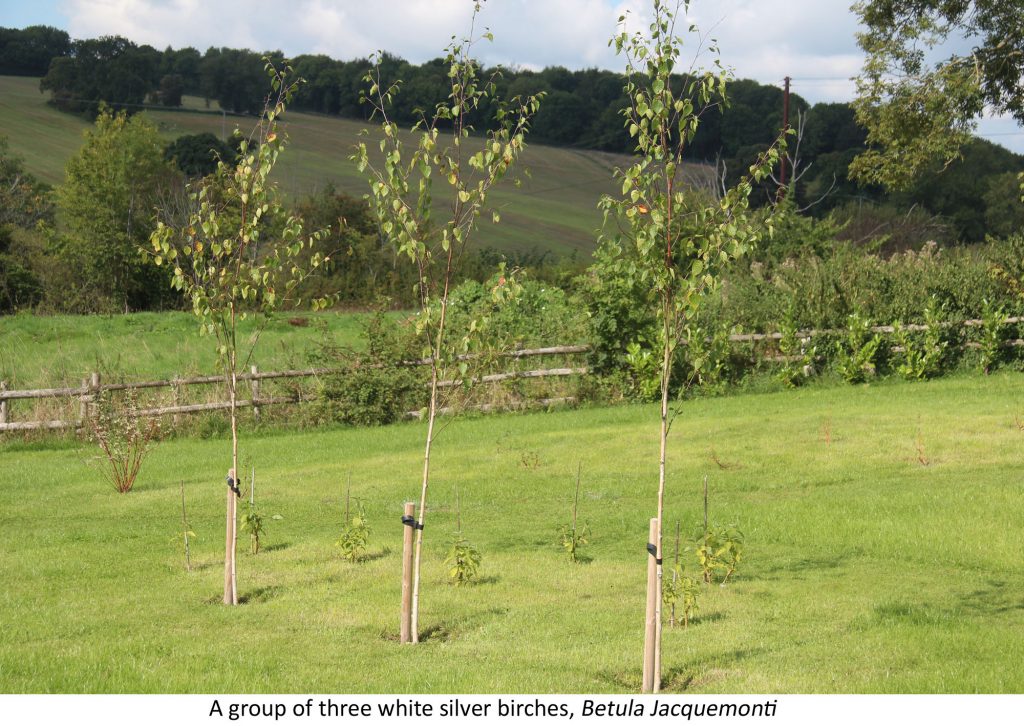
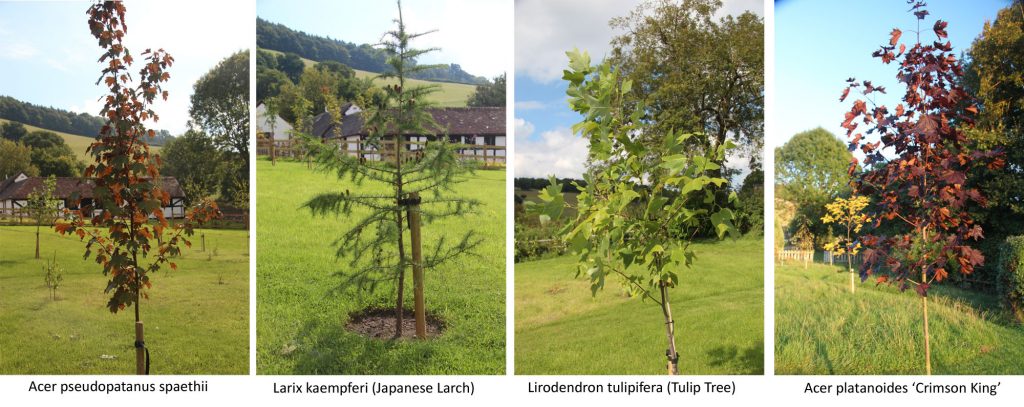
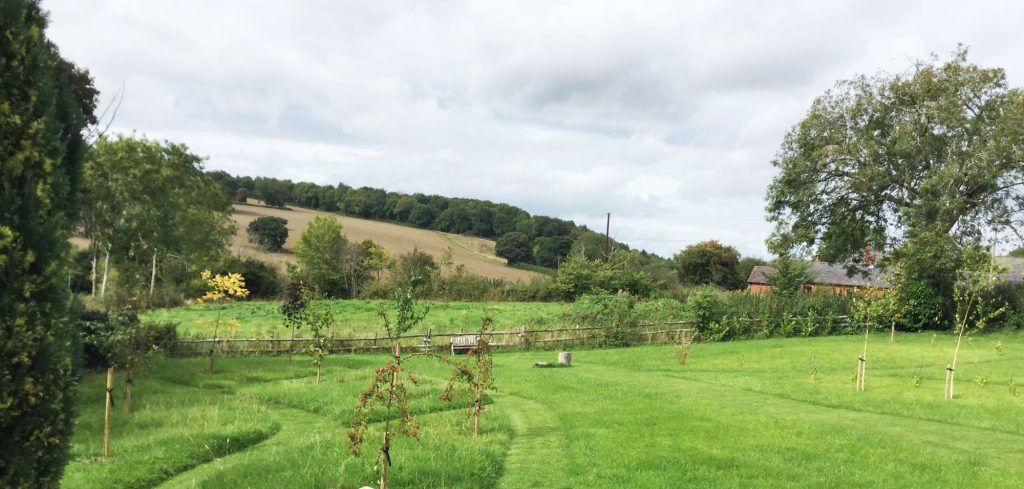
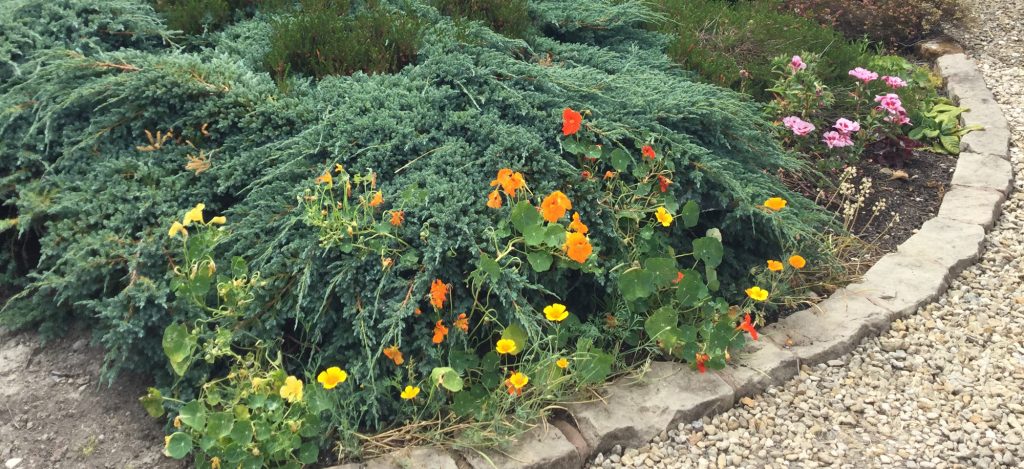
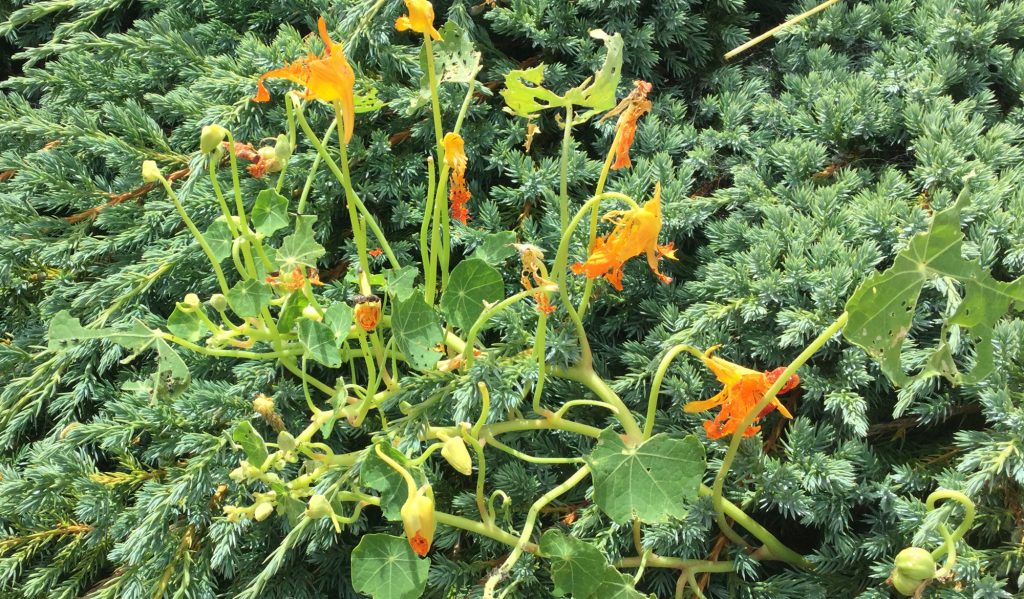
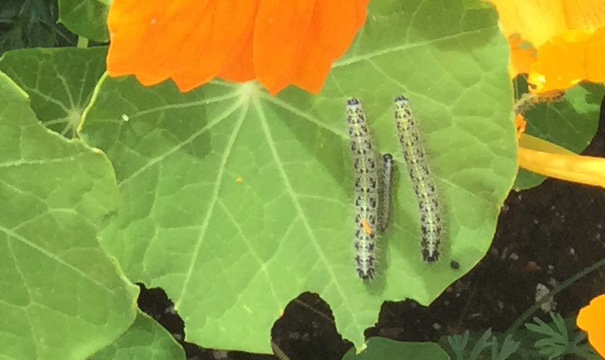
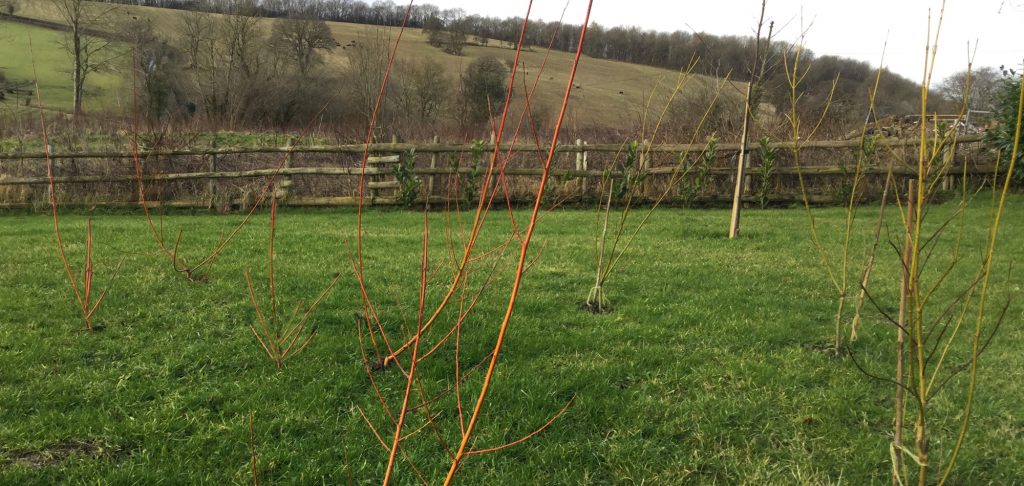
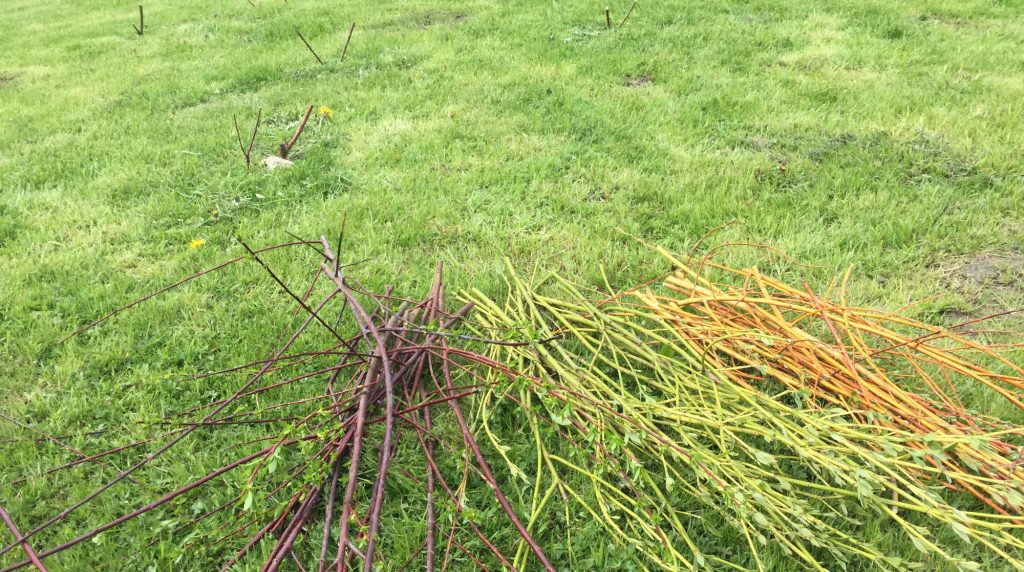
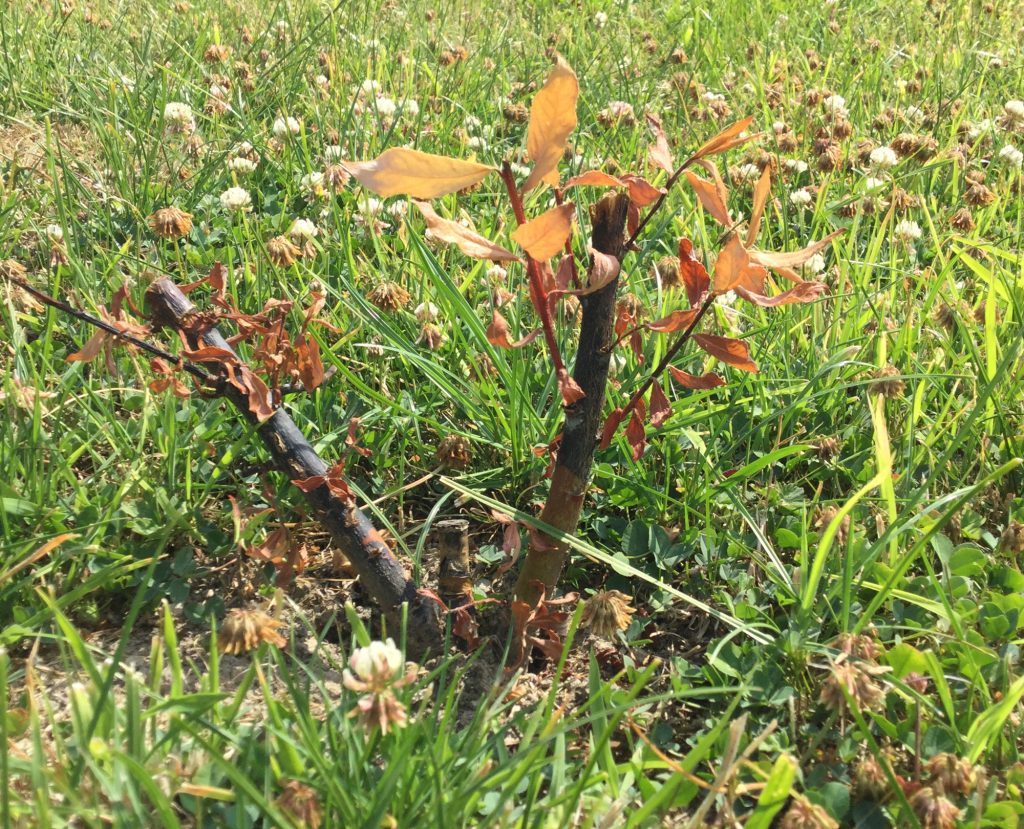
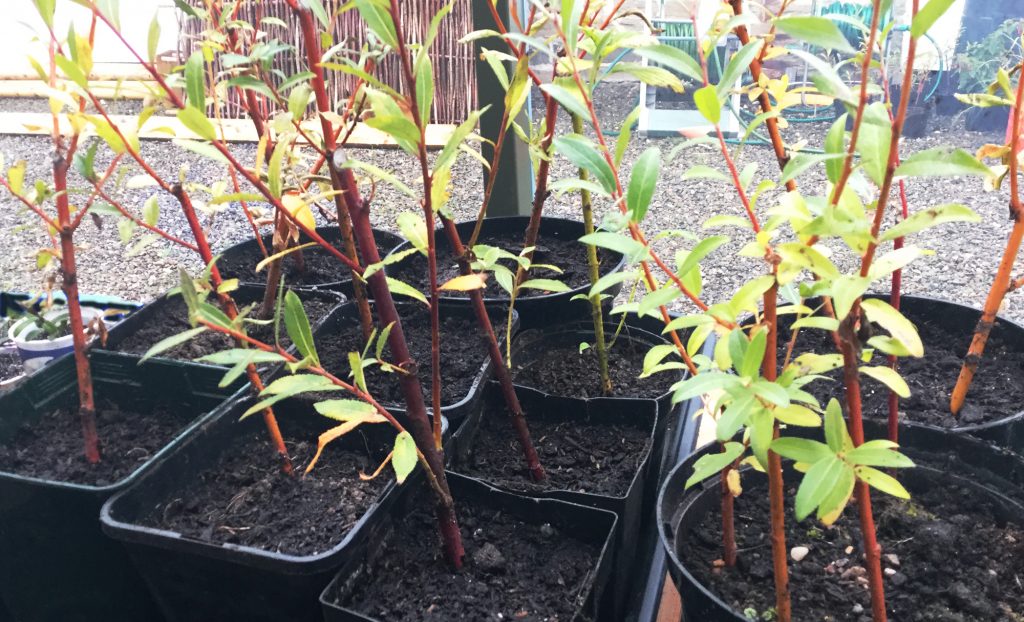
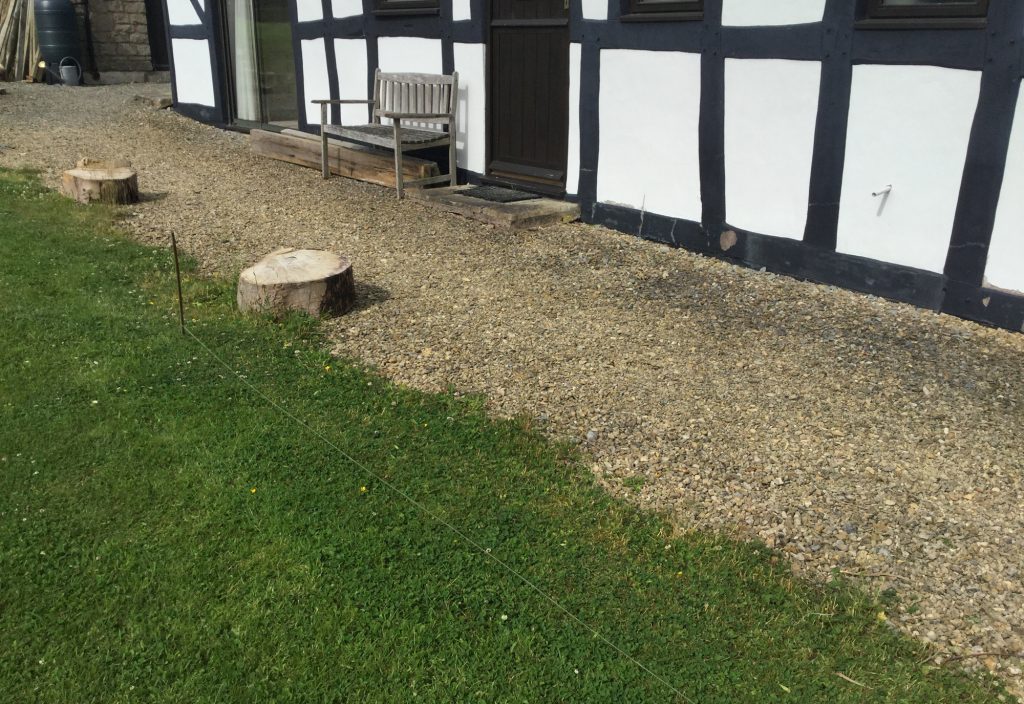
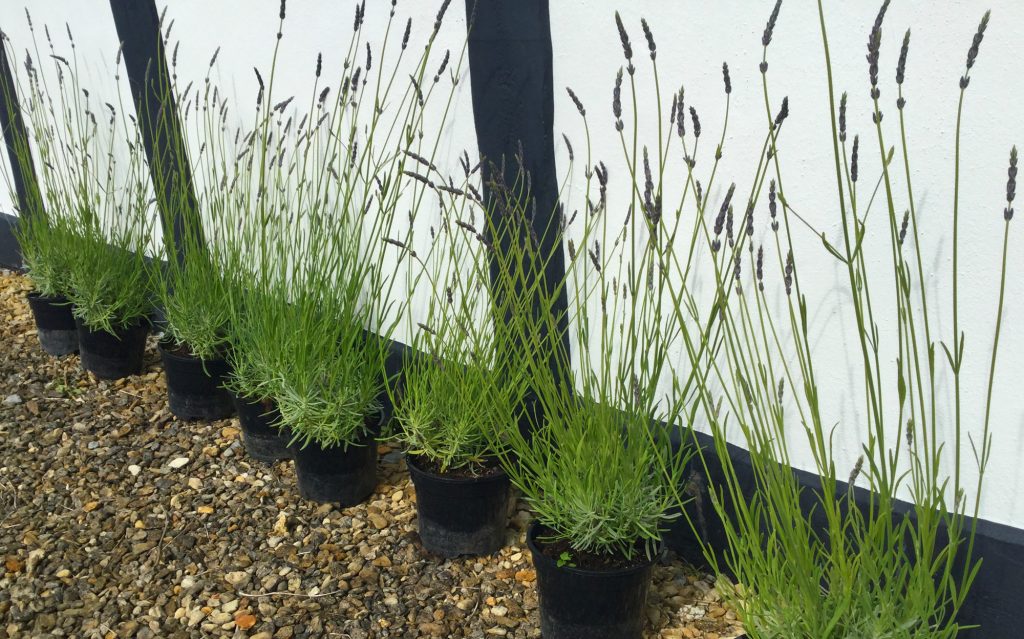
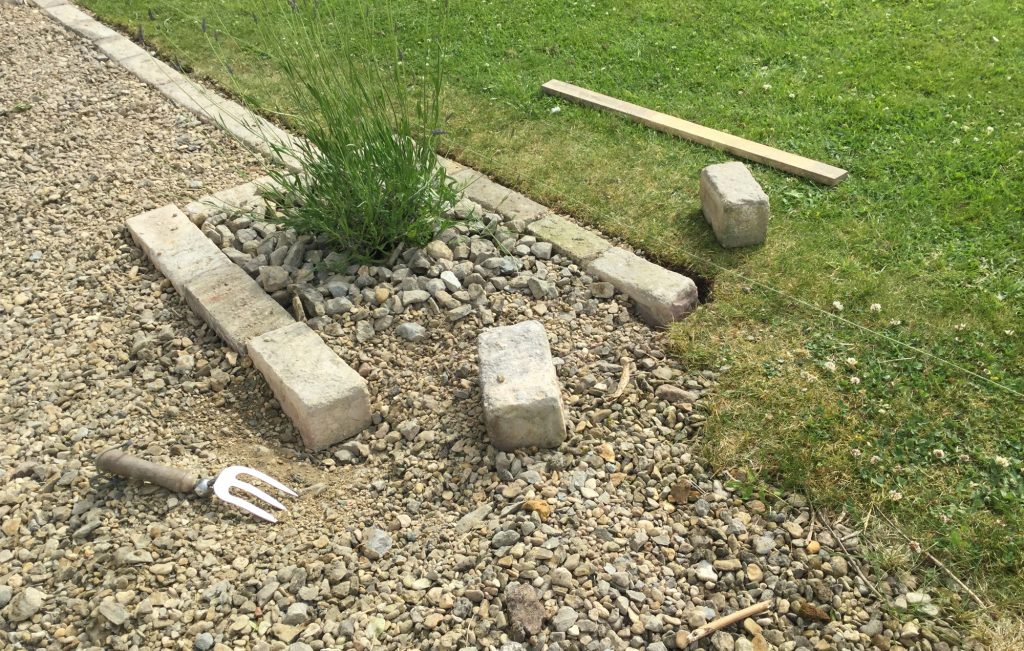
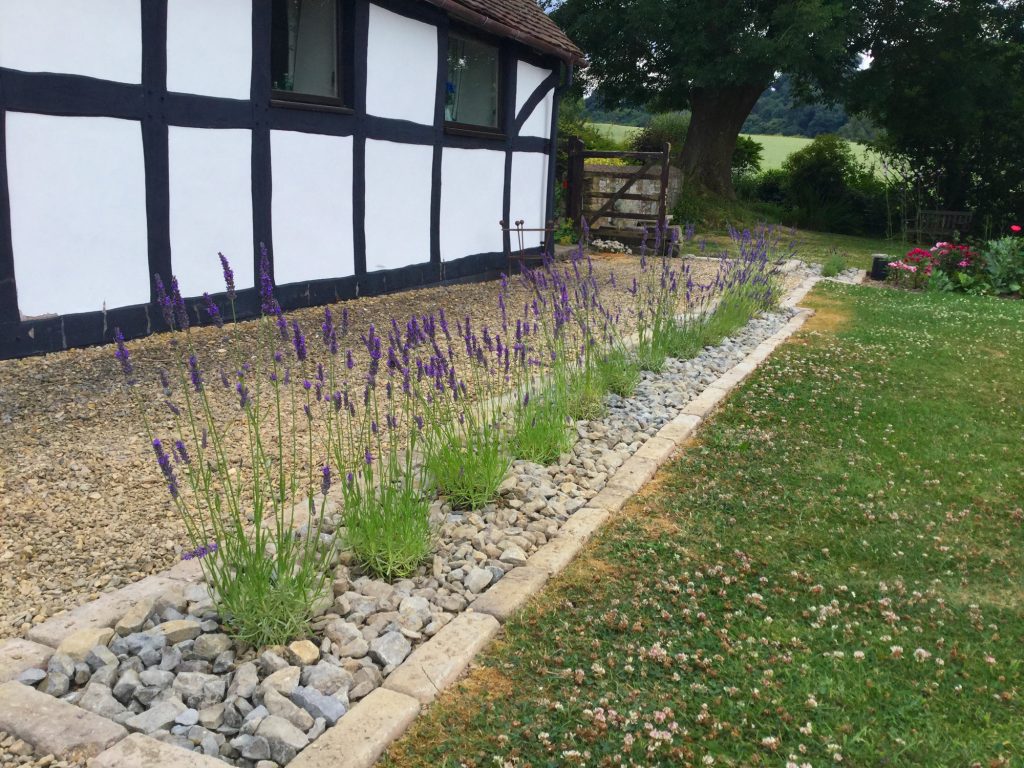

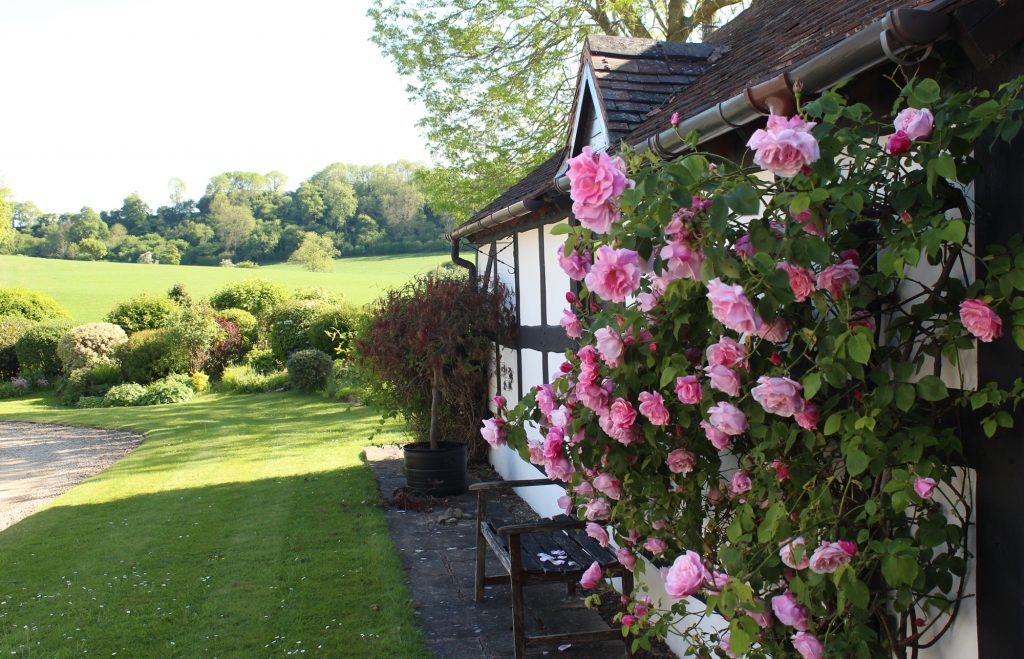
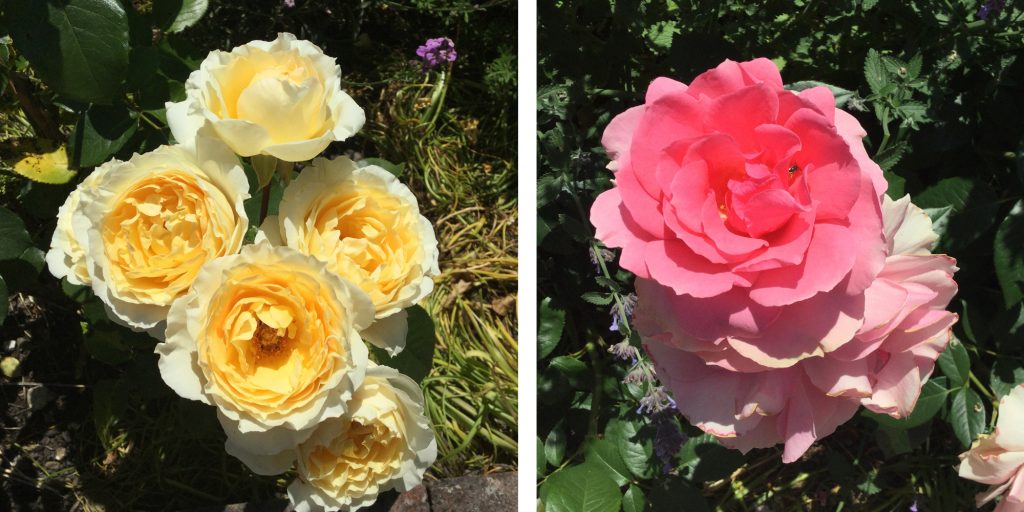
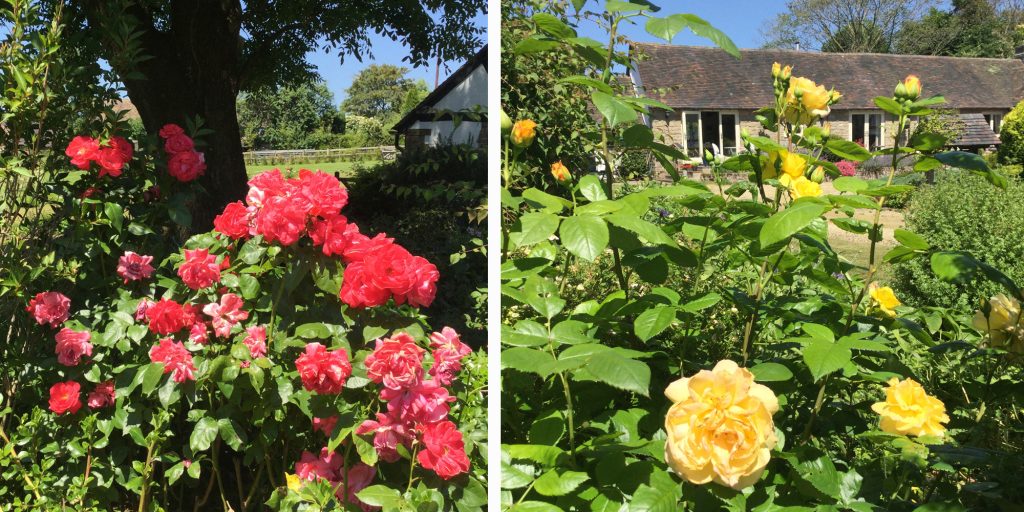
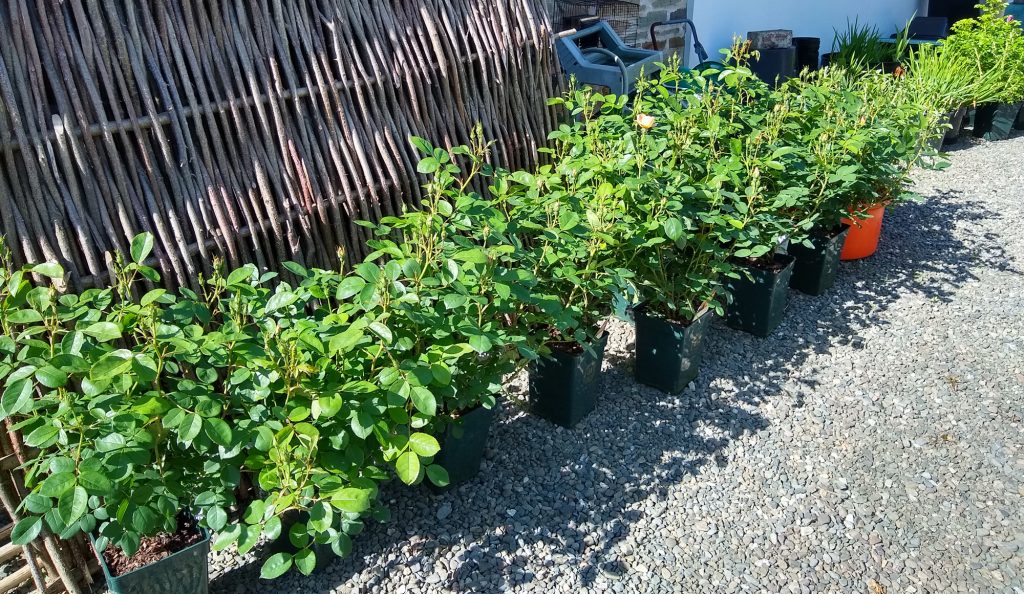
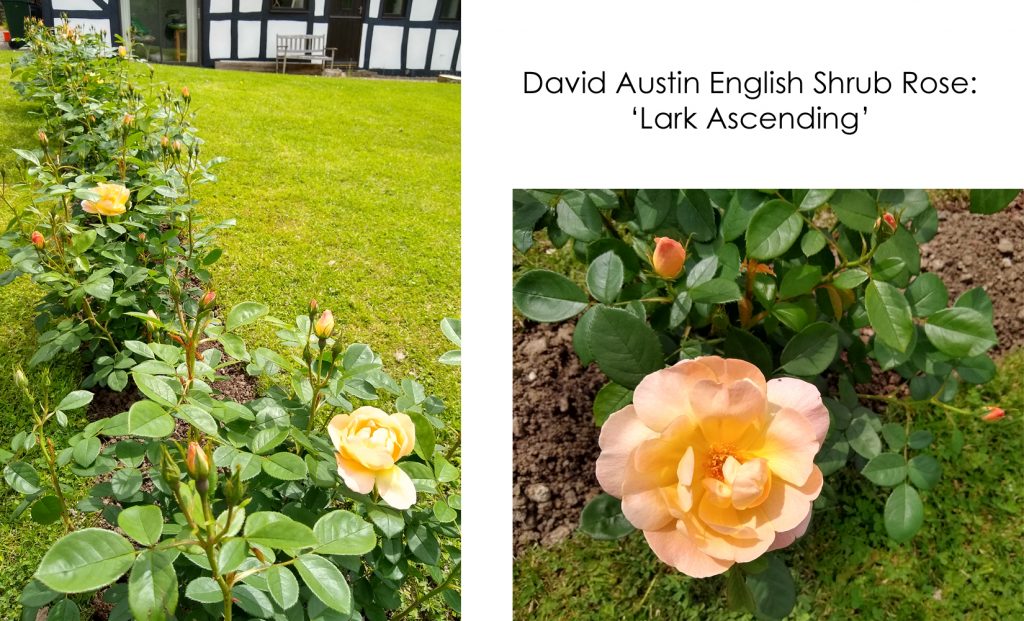

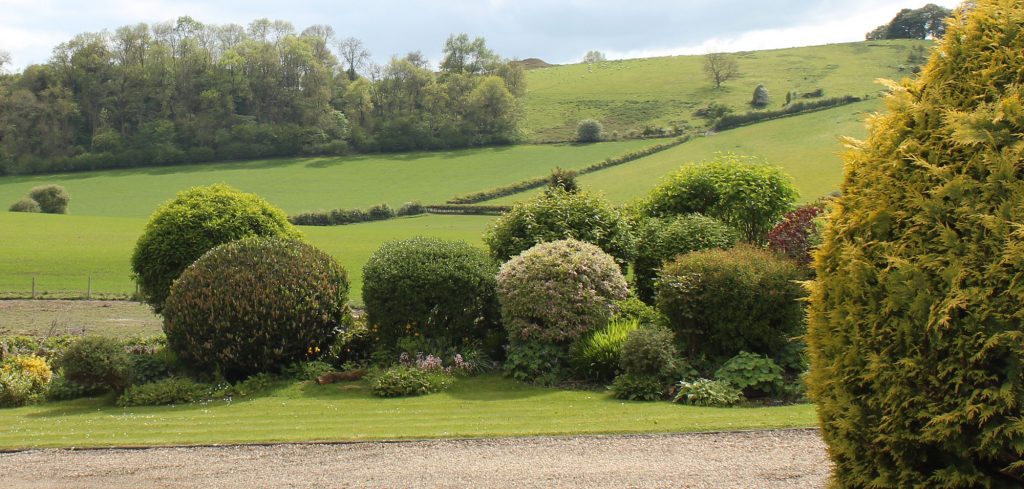
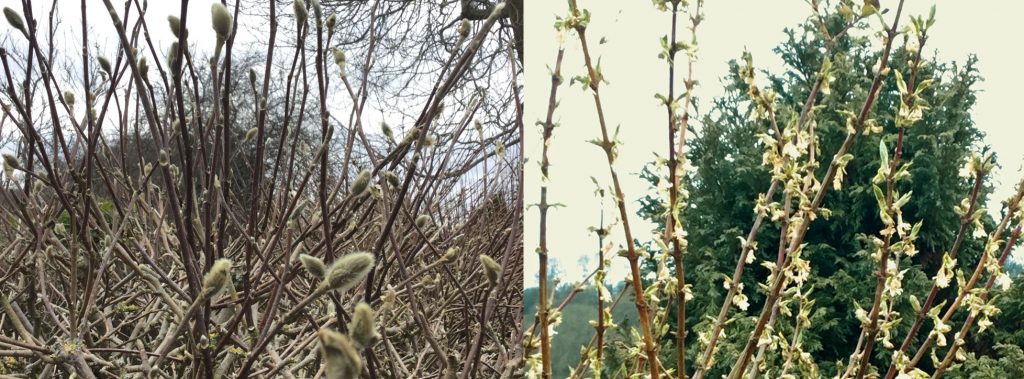
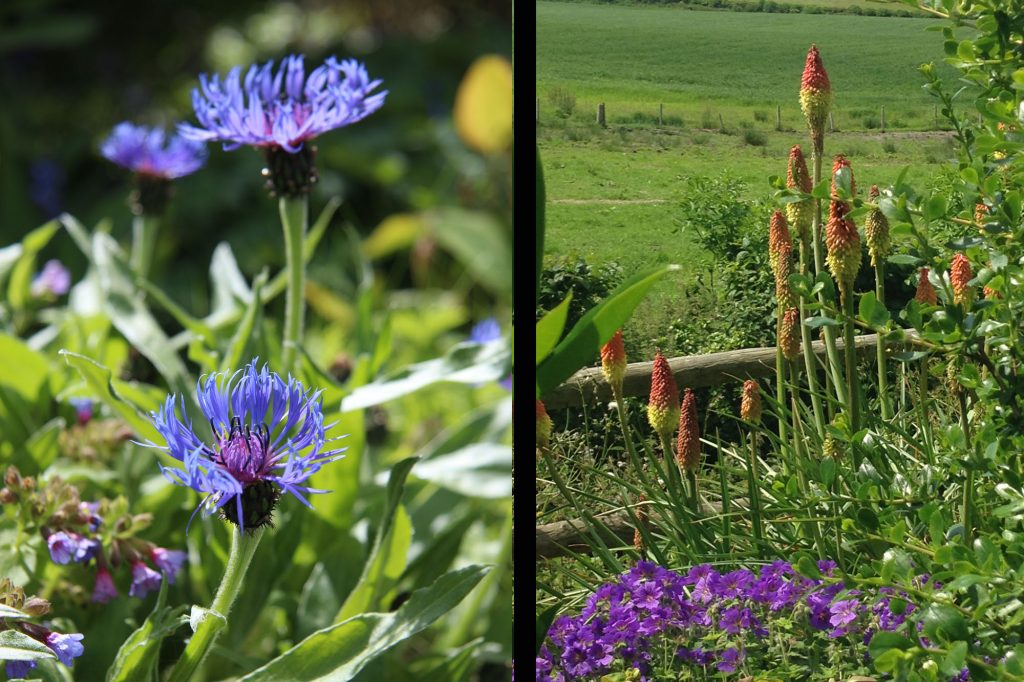
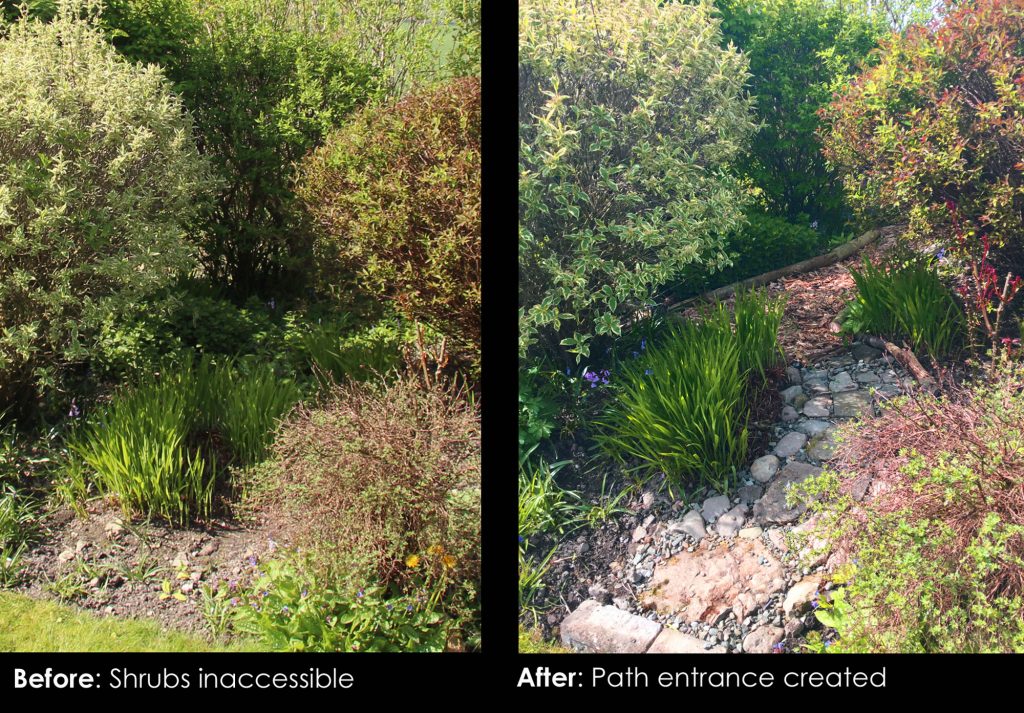
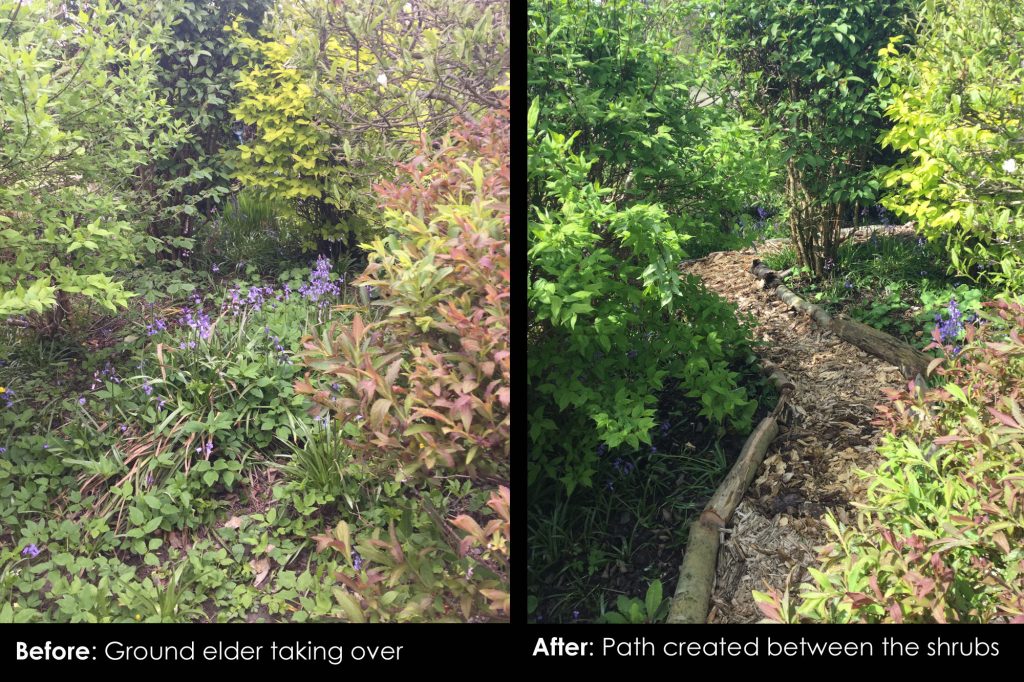
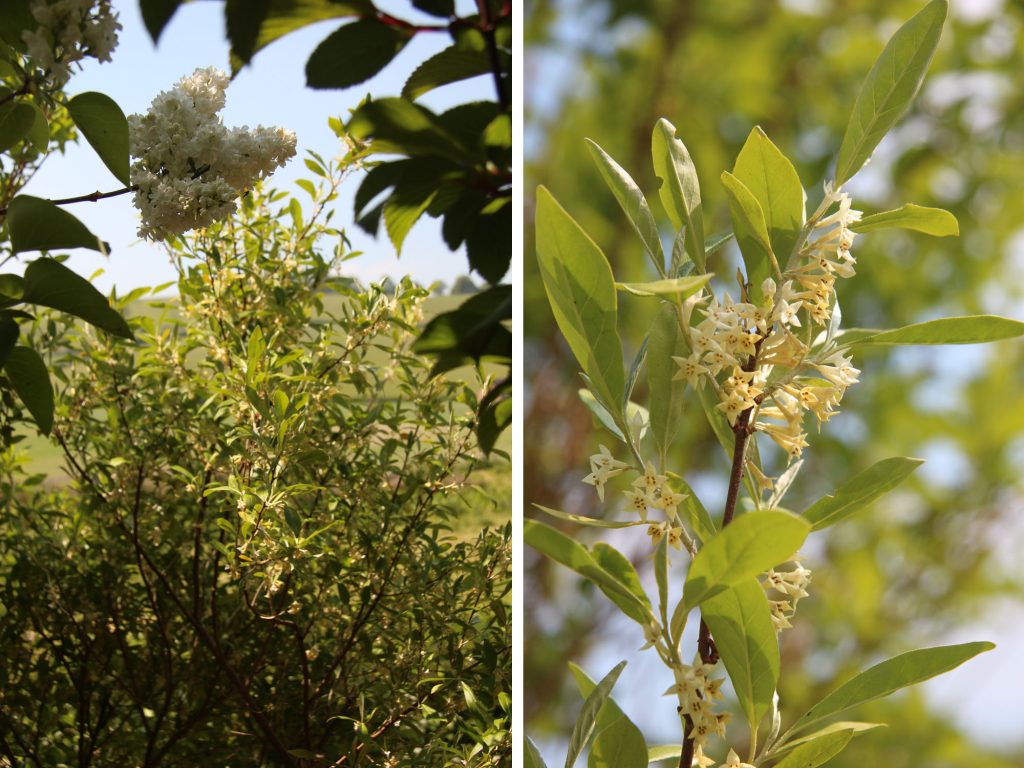
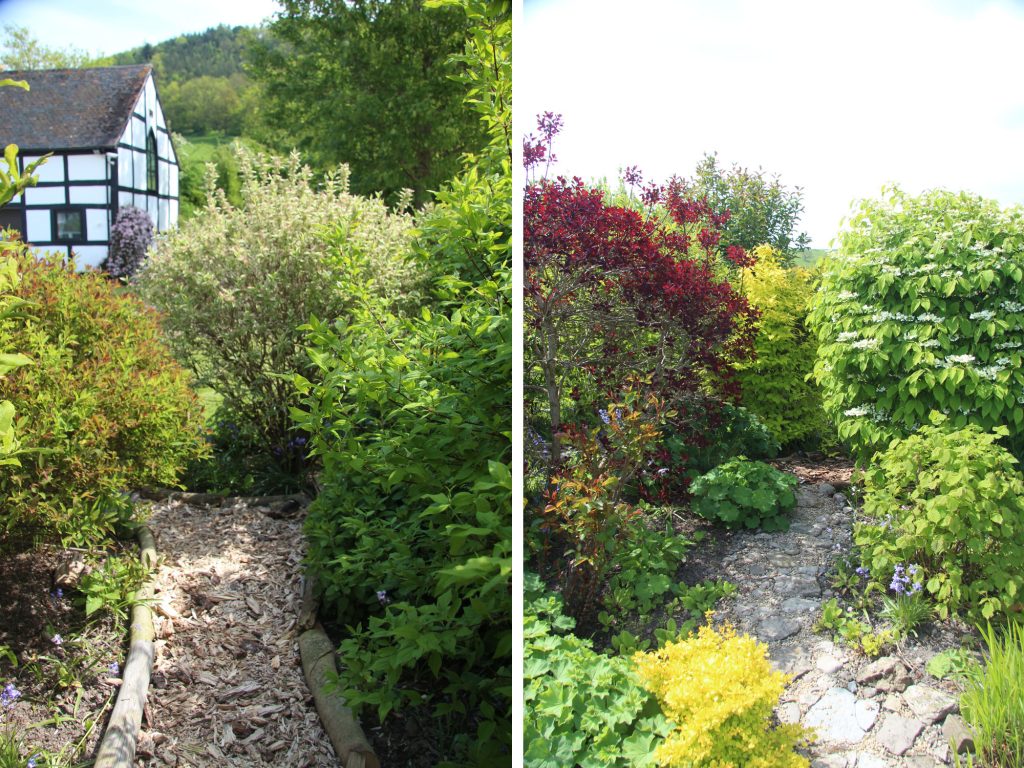
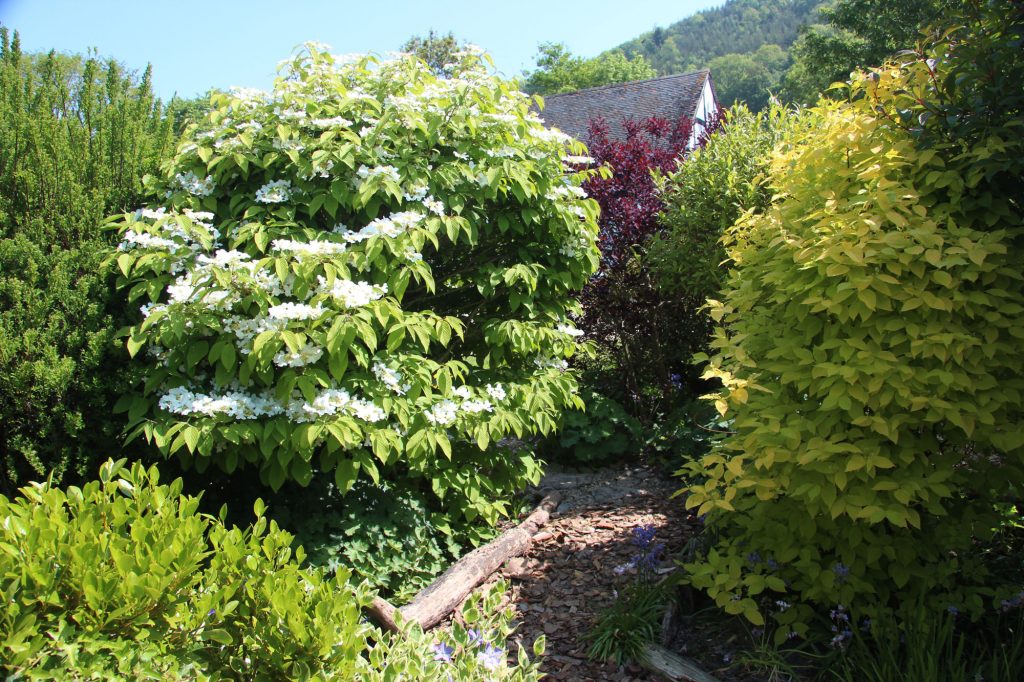
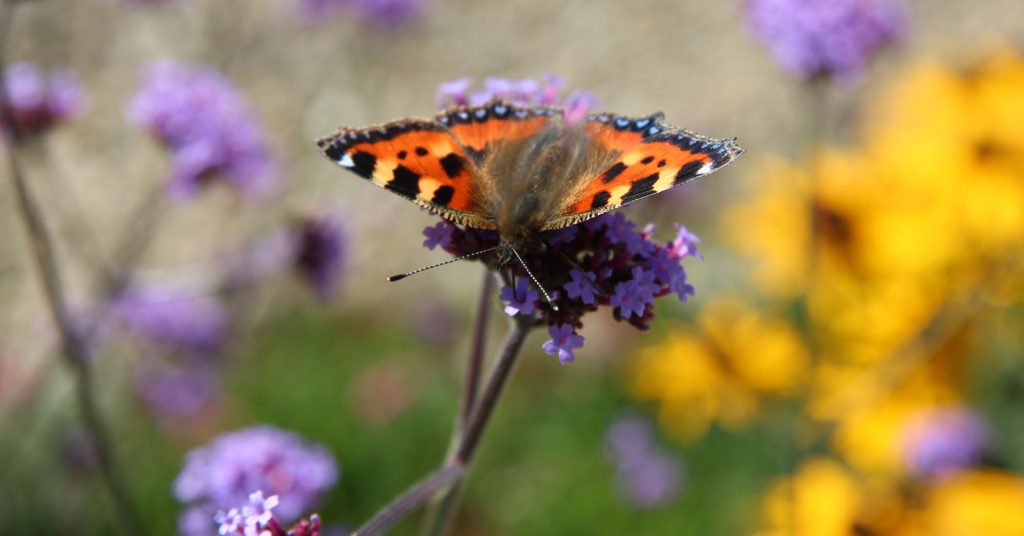
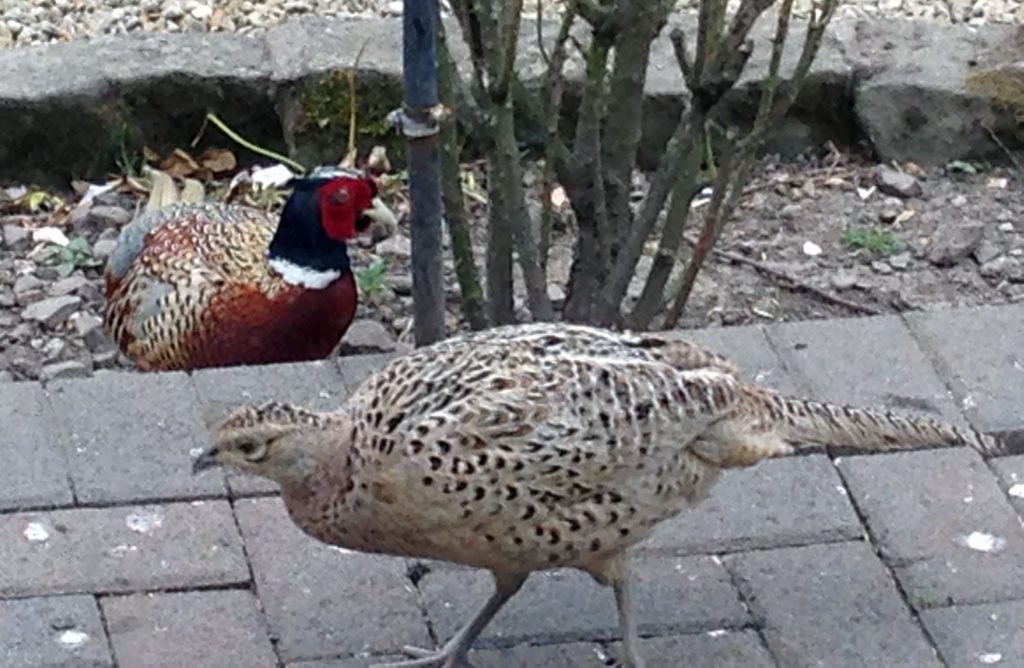
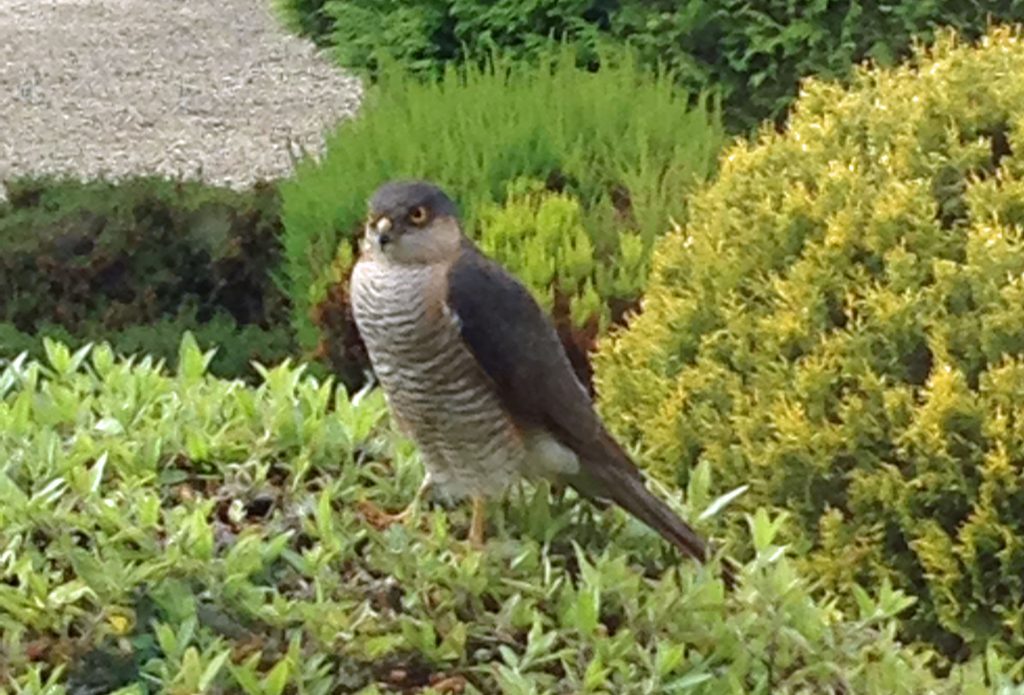

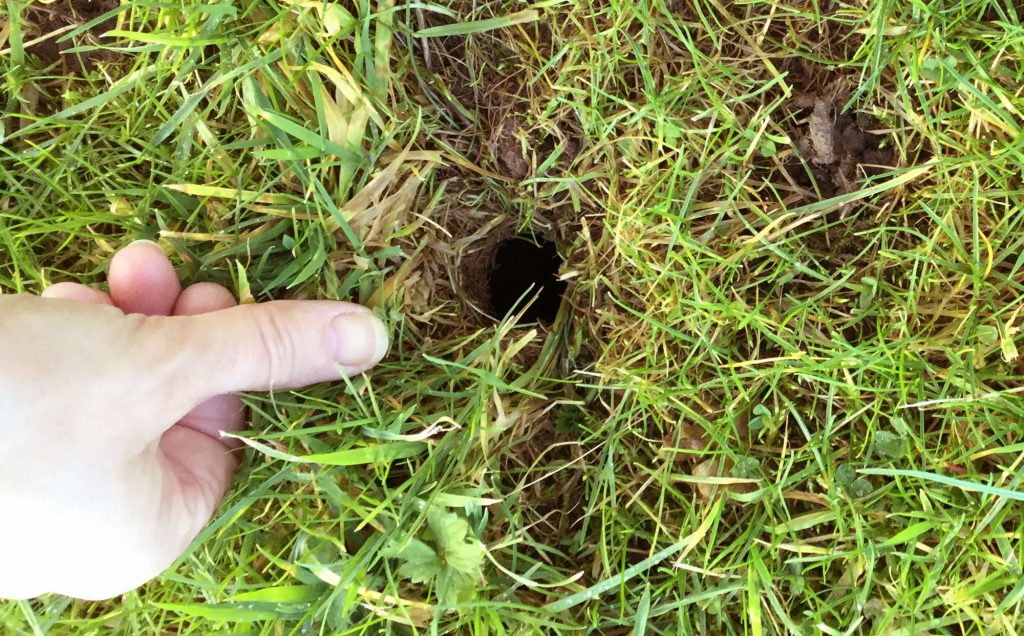
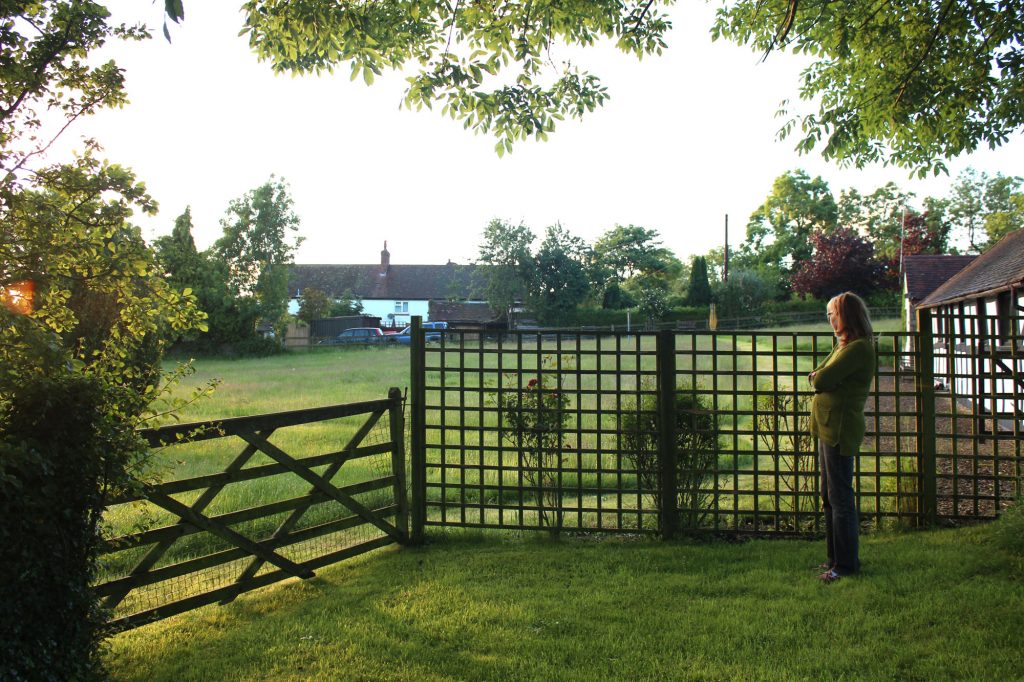
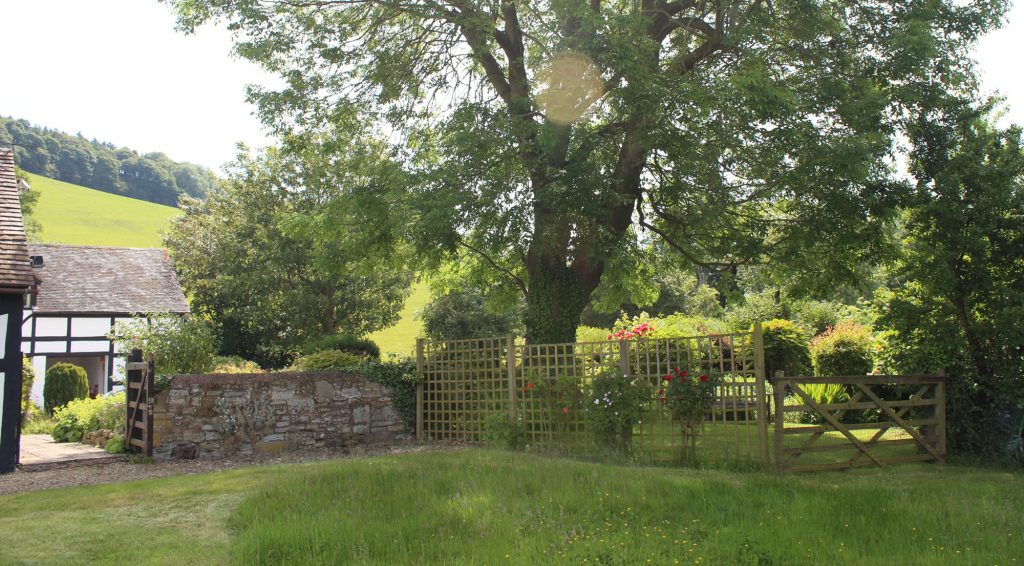
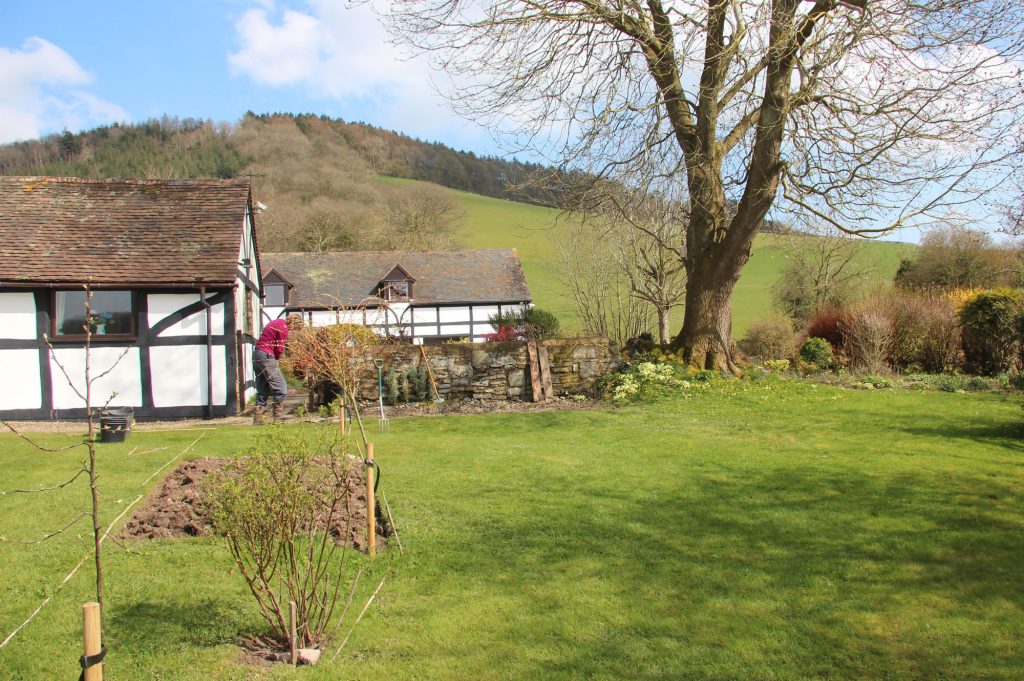

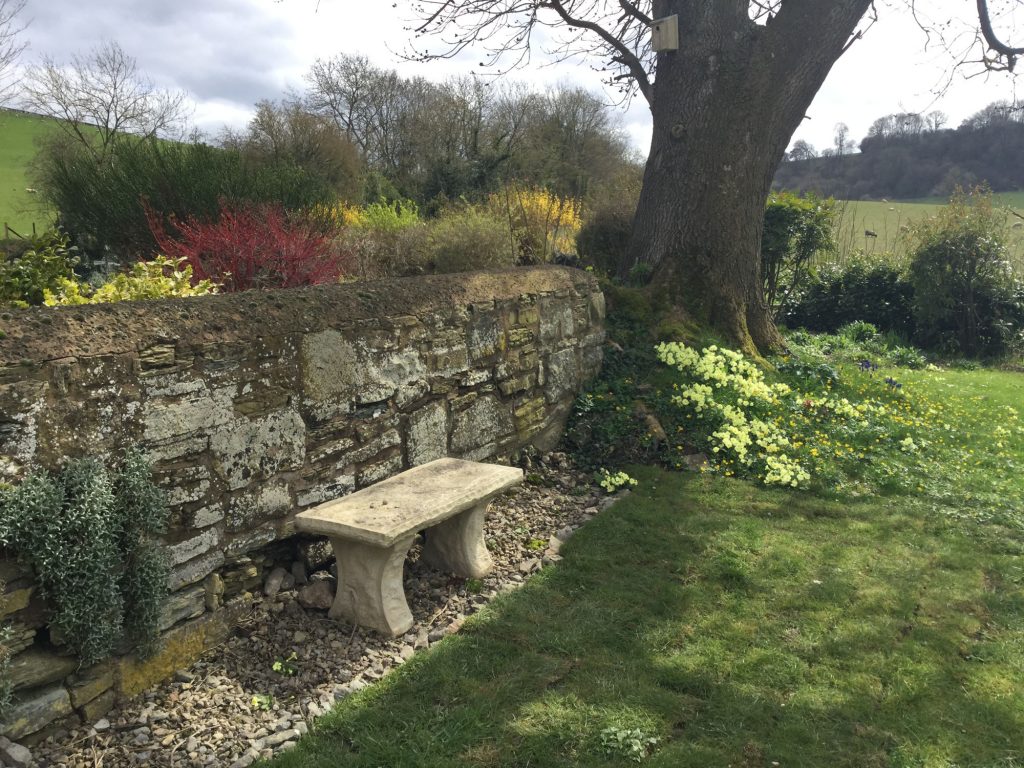
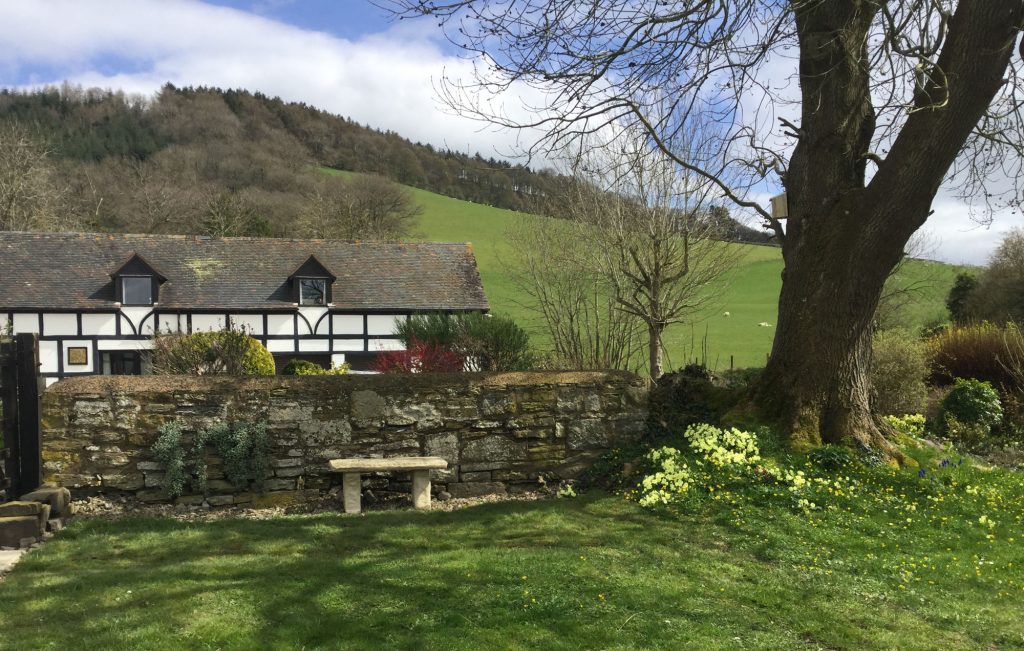
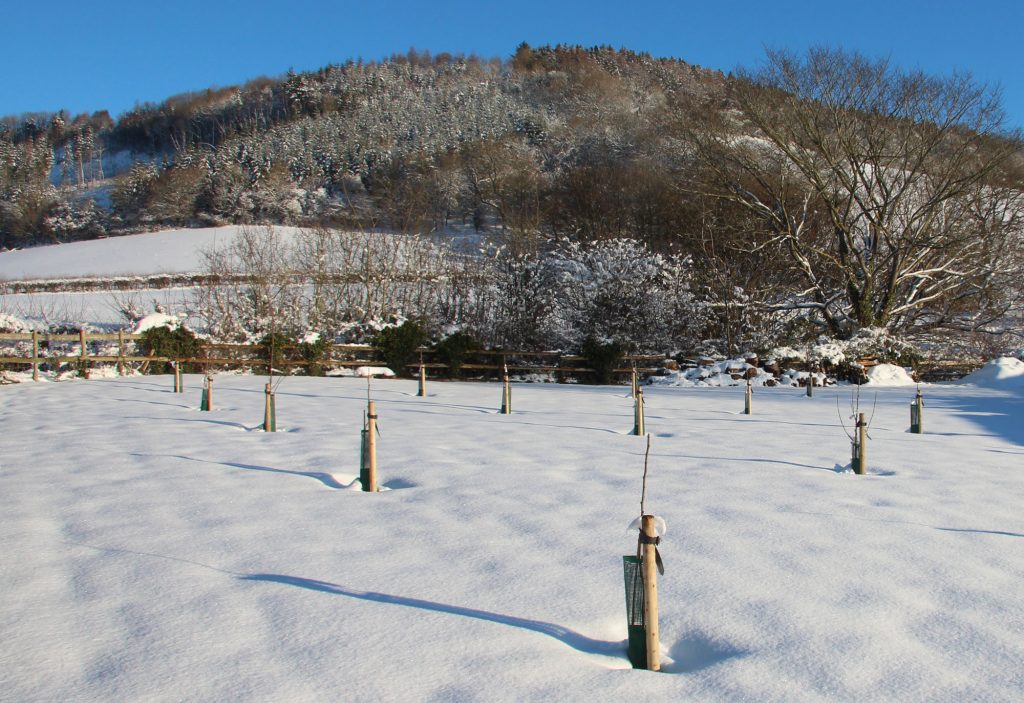
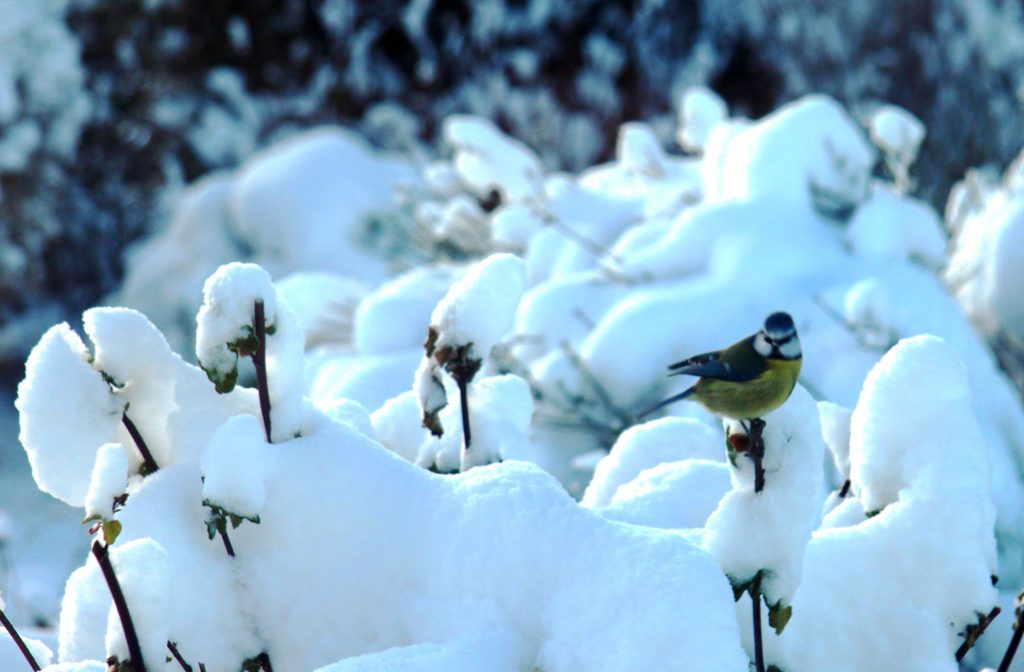
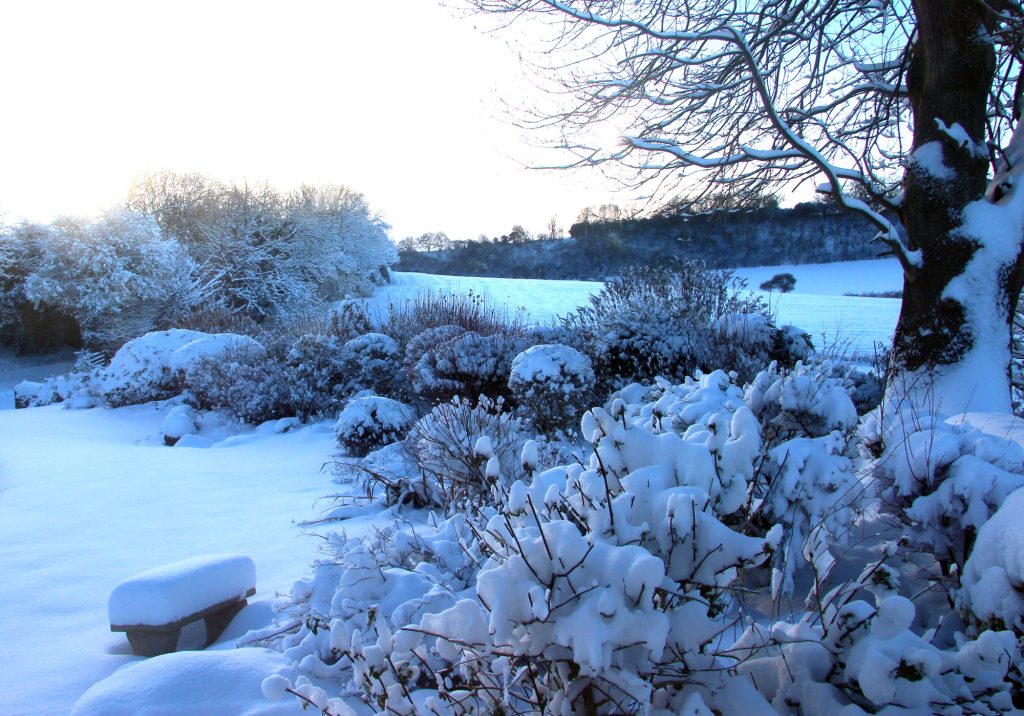
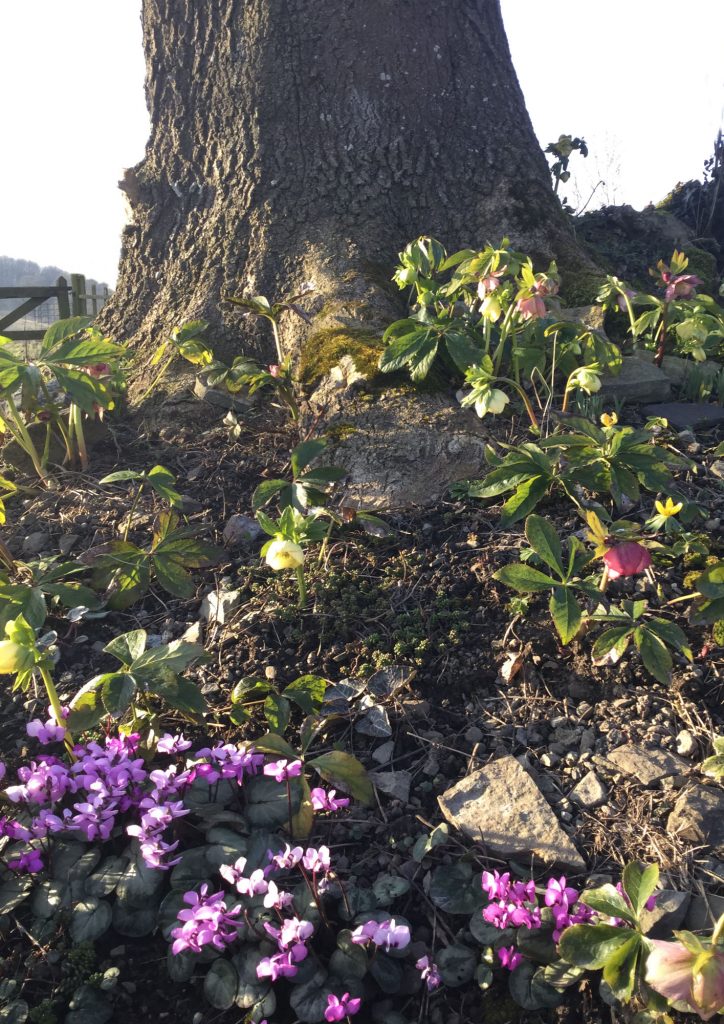
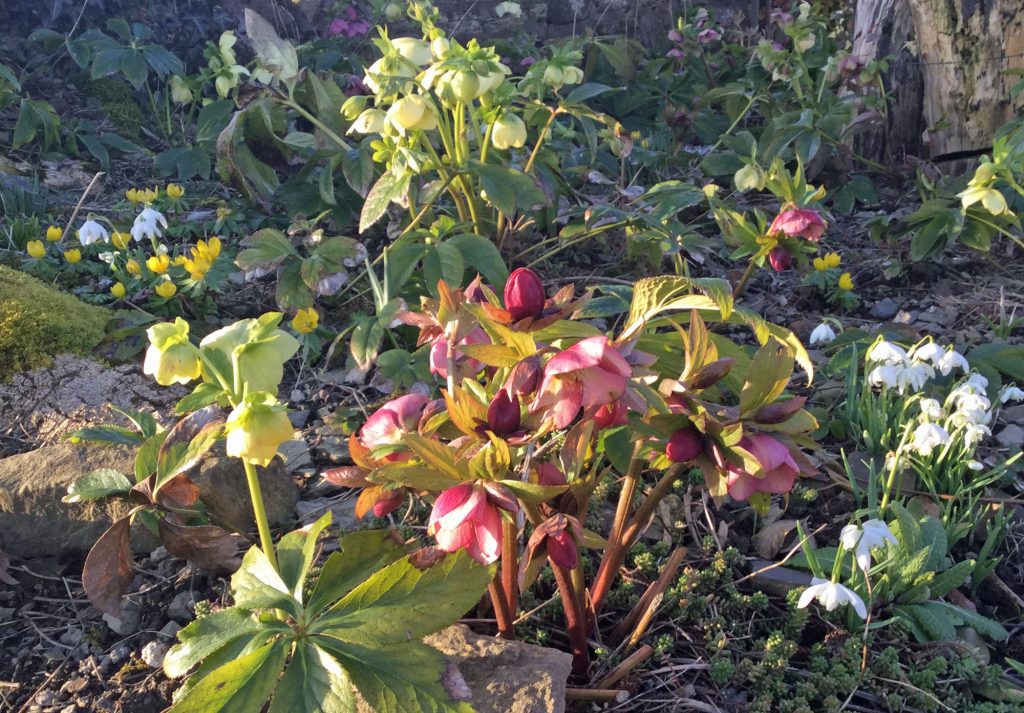
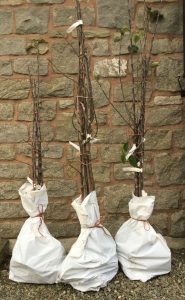 fascinating tour of his tree nursery explaining the fundamental principles of growing fruit trees.
fascinating tour of his tree nursery explaining the fundamental principles of growing fruit trees.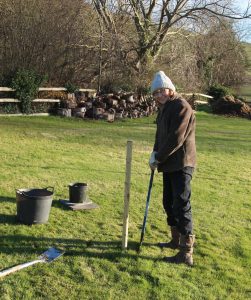 My husband – ever with attention to detail – accurately measured and placed the stakes to ensure the rows were evenly spaced.
My husband – ever with attention to detail – accurately measured and placed the stakes to ensure the rows were evenly spaced.